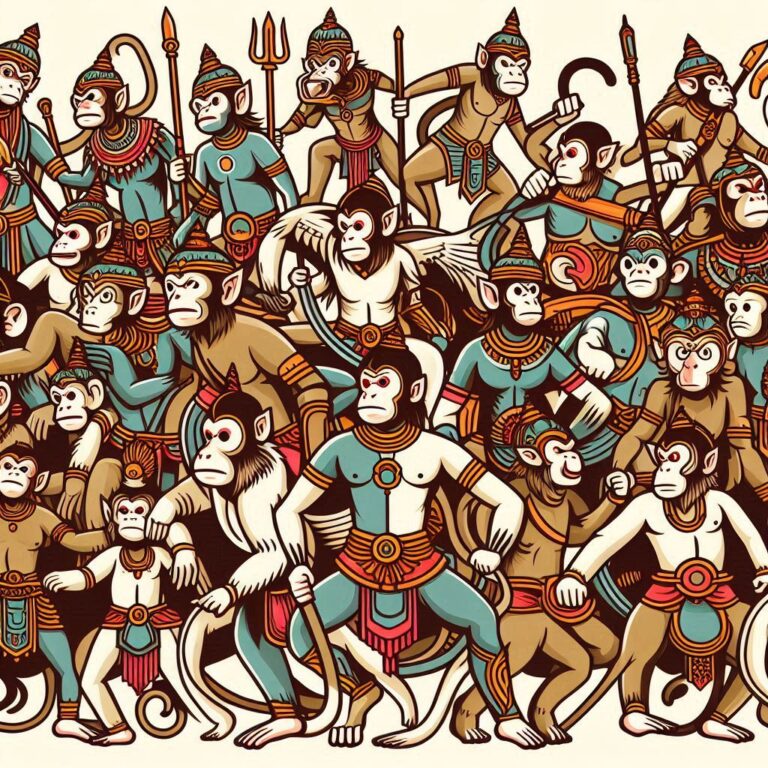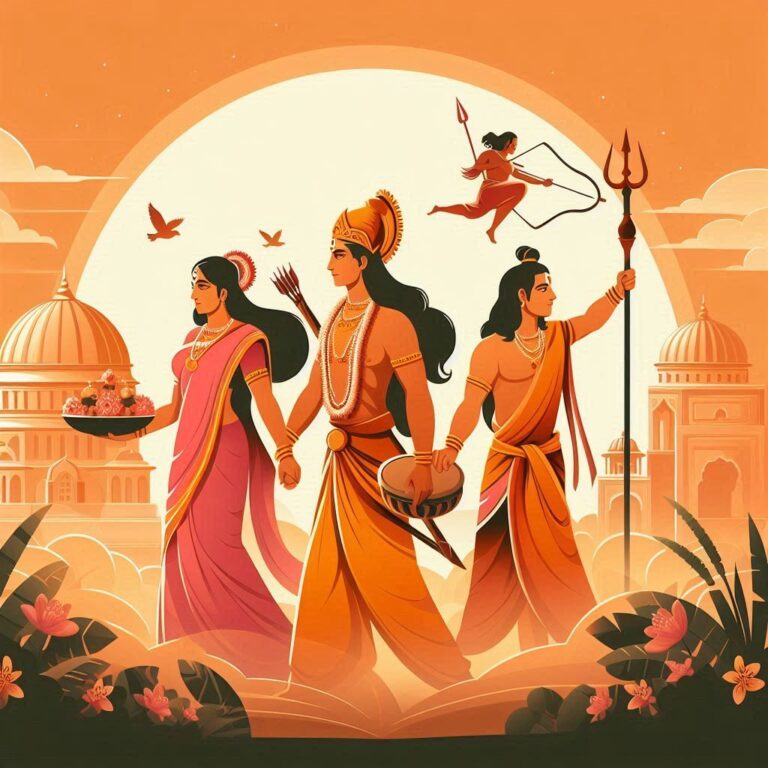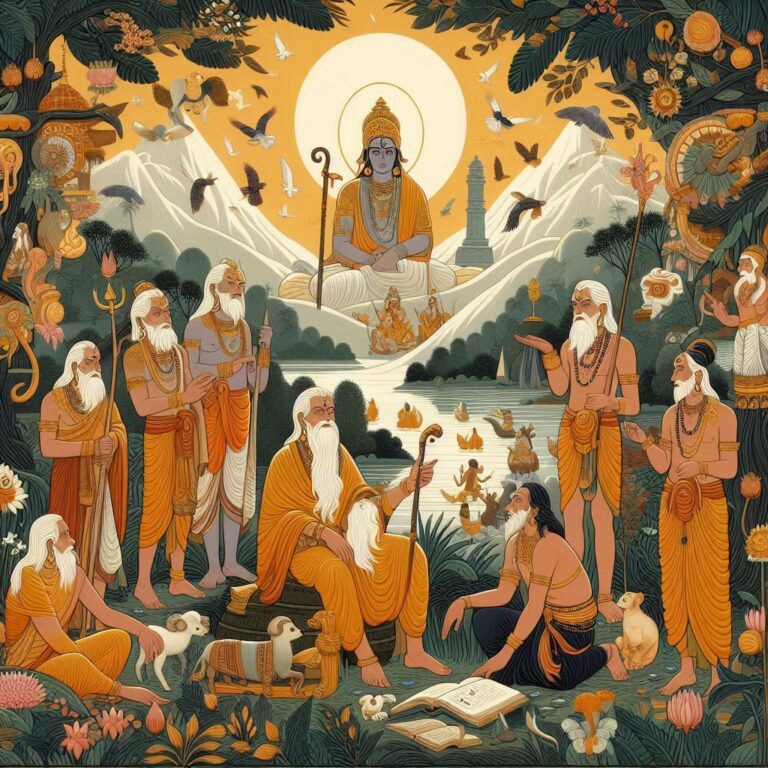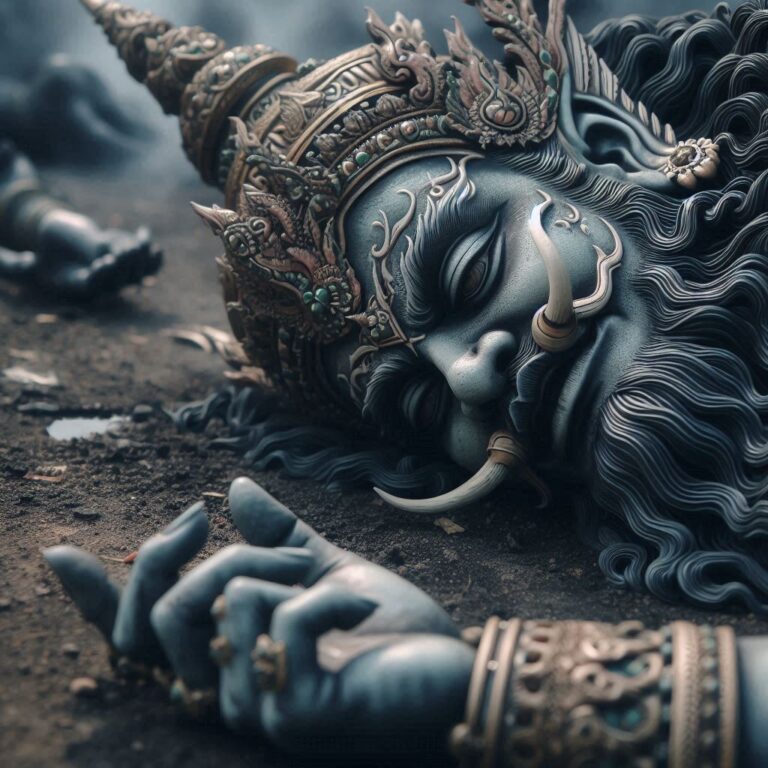Exploring the Influence of Ramayana on Western Cultures
The Ramayana’s Influence on Western Culture
The Ramayana is more than just a timeless epic; it’s a treasure trove of wisdom, philosophy, and cultural influence. Originally composed in Sanskrit by the sage Valmiki, it narrates the journey of Lord Rama, his quest for righteousness, and the importance of dharma (duty). But how has this epic impacted the Western world? Let’s dive into the fascinating reception of the Ramayana in Western cultures and explore the footprints it has left behind.
The Western Gaze: First Impressions of the Ramayana
The Ramayana began capturing the Western imagination as early as the 18th century. Western scholars, intrigued by Indian spirituality and philosophy, began translating and interpreting the text. At that time, literature, philosophy, and even colonial agendas played crucial roles in how the Ramayana was perceived.
Early Translations and Interpretations
The first English translation of the Ramayana appeared in the 19th century, notably with the works of Edwin Arnold in “The Ramayana: The Epic of Rama, Prince of India.” His poetic rendition brought the story to a broader audience, sparking interest in Indian culture.
But let’s be honest—did Arnold capture the essence of the Ramayana, or did he end up creating a Westernized version that diluted its authenticity? That’s a debate worth pondering. It’s similar to how a chef might try to replicate a traditional dish, like a spicy curry, only to tone down the flavors for an audience that can’t handle the heat.
Ramayana in Literature and Arts
As time passed, the Ramayana found its way into various forms of Western literature and arts. From the works of poets like T.S. Eliot to the stage adaptations seen in theater, the themes of love, sacrifice, and righteousness have resonated deeply.
Example: T.S. Eliot’s “The Waste Land”
In “The Waste Land,” Eliot alludes to the Ramayana, weaving Indian philosophical concepts into his post-World War I narrative. Here’s how it works—just as a skilled artist blends colors on a canvas to create a mesmerizing picture, Eliot incorporated elements from different cultures to enrich his own work.
Cinematic Representations
Fast forward to the 21st century, the Ramayana has been adapted into various films and animations, making it accessible to younger audiences. Disney, known for its family-friendly tales, has drawn inspiration from Asian mythologies including the Ramayana.
Take a moment to think about it: doesn’t every culture have that one story that highlights the battle between good and evil? The Ramayana serves as a quintessential model, and filmmakers continue to draw parallels between its characters and the heroic archetypes we see in popular franchises today, like “Star Wars.”
Philosophical Underpinnings and Ethical Lessons
At its core, the Ramayana offers profound life lessons that transcend cultural boundaries. The concepts of duty, justice, and moral integrity resonate strongly with Western philosophical ideas, creating a bridge between the two worlds.
Lessons of Dharma and Ethics
The notion of dharma is central to the Ramayana. Lord Rama epitomizes the ideal individual who upholds his duty, even in the face of adversity. This theme aligns with Western philosophies that emphasize the importance of ethical responsibility.
For example:
-
Duty vs. Desire: Just like in Shakespeare’s plays where characters often face moral dilemmas, Lord Rama’s adherence to dharma raises thought-provoking questions: Should we always follow the rules, or are there times to break them for the greater good?
-
Good vs. Evil: The fight against Ravana can be likened to the eternal struggle of light against darkness—a concept explored in countless Western narratives, from the epic battles in “Lord of the Rings” to superhero movies.
Spiritual Influence
The Ramayana’s spiritual depth has also made its way into Western New Age philosophies. Concepts from the text often appear in discussions about personal growth, meditation, and spirituality. It’s fascinating how spiritual ideas can cross oceans and find relevance in diverse cultures, kind of like how a river flows and nourishes different lands along its path.
The Ramayana in Modern Western Literature
You might be surprised to discover how contemporary authors have drawn inspiration from the Ramayana. Stories featuring complex characters and moral battles echo the structure found in the epic.
Example: “The Palace of Illusions” by Chitra Banerjee Divakaruni
While primarily a retelling of the Mahabharata, this book reflects on themes akin to those in the Ramayana, emphasizing the strength and agency of female characters. Such adaptations showcase how ancient texts can inspire modern narratives, illustrating the cycling nature of storytelling through the ages.
Cultural Exchange: A Two-Way Street
The Ramayana has played a significant role in fostering dialogue and exchange between Eastern and Western cultures. Whether through academic discussions, literature, or theatrical adaptations, the epic has become a platform for exploring common human experiences.
Fusion of Artistic Traditions
Artists in the West have experimented with incorporating elements from the Ramayana into their works. For instance, contemporary dance performances often integrate storylines and characters from the epic, merging classical and modern techniques.
Imagine a beautiful ballet, where the grace of a swan symbolizes the ideals of Rama, accompanied by music that echoes the rhythms of traditional Indian instruments. That’s the beauty of cross-cultural art—it creates new conversations and perspectives.
Dohas and Shlokas Reflecting the Ramayana
To appreciate the Ramayana’s profound wisdom, let’s explore some dohas and shlokas that resonate with its teachings:
1. दोहा
रामायण में जो गया, वो सच्चा धर्म पाया।
दुख भोगते प्रेम में, वो सच्चा सुख पाया।
(Ramāyaṇ meṁ jo gayā, vo sacchā dharma pāyā.
Dukh bhogte prem meṁ, vo sacchā sukh pāyā.)
Translation: Those who follow the Ramayana find true righteousness. Through suffering with love, they attain true happiness.
2. श्लोक
धर्मपत्नी रामाराममानं, जयं च जित्वा च सदा धनं।
सात्मा मुदितं च सन्निधिं, देवत्वं कर्तुमखिलं गृहम्।
(Dharmapatnī Rāmārāmamānaṁ, jayaṁ ca jitvā ca sadā dhanaṁ.
Sātmā muditaṁ ca sannidhiṁ, devatvaṁ kartumakhilaṁ gṛham.)
Translation: The virtuous path leads to the divine home and eternal joy, always victorious in the righteous way.
3. दोहा
कदम्ब वृक्ष अंतिम सा, सुखद शाम पड जाते।
सीता और राम सुख पाया, दर्द सभी मिट जाते।
(Kadamba vṛikṣa antim sā, sukhada śām paḍ jāte.
Sītā aur Rāma sukha pāyā, dard sabhī miṭ jāte.)
Translation: Like the Kadamba tree at dusk, blissful moments arise, Sita and Rama found joy, and all sorrows subside.
4. श्लोक
रामो राजमणिः सदा, धर्मपत्नी तिथिं व्रतालन।
जिते प्रतापं सुखं प्राप्यां, साधोऽस्मात्सरवत्वरं।
(Rāmo rājamaniḥ sadā, dharmapatnī tithiṁ vratālana.
Jite pratāpaṁ sukhaṁ prāpyāṁ, sādhō’smāt saravatvaraṁ.)
Translation: Rama, the jewel of kings, alongside the righteous Sita, achieves victory and happiness, transcending all burdens.
5. दोहा
सचेतना जो पकड़ ले, सच्ची भक्ति पाए।
राम का नाम जपे जो, संसार में वो छाए।
(Sacetanā jo pakṛ le, sacchī bhakti pāye.
Rāma kā nāma jape jo, saṁsāra meṁ vo chāye.)
Translation: One who grasps consciousness will find true devotion; those who chant the name of Rama shine brightly in the world.
Conclusion
The influence of the Ramayana on Western cultures is profound and multifaceted. From early translations that failed to capture its essence accurately to modern adaptations that widely resonate with contemporary themes, the epic continues to inspire and engage. It serves as both a relic of wisdom and a beacon of shared human experiences.
As cultures collide and converge, the Ramayana proves that storytelling knows no boundaries. It’s a universal saga that invites reflection, adaptation, and appreciation across all societies. So, the next time you stumble upon a story that echoes the themes of duty, love, or righteousness, think about the Ramayana—it might just be one of its many modern iterations!
FAQs
1. How has the Ramayana influenced Western literature?
The Ramayana’s themes have inspired countless authors and poets, integrating its moral dilemmas and character archetypes into Western storytelling.
2. Are there modern adaptations of the Ramayana?
Yes, there are many cinematic versions, animated films, and stage performances that draw inspiration from the epic, making it accessible to modern audiences.
3. Can you find spiritual teachings in the Ramayana?
Absolutely! The Ramayana teaches lessons of duty, righteousness, and devotion, which have found relevance in various spiritual practices worldwide.
4. Who were some key figures in translating the Ramayana into Western languages?
Edwin Arnold is one notable translator whose rendition introduced many Western readers to the richness of the Ramayana.
5. What themes from the Ramayana are universal?
Themes of good versus evil, the importance of duty, and love persist universally, resonating with cultures across the globe, thus proving the Ramayana’s timelessness.








